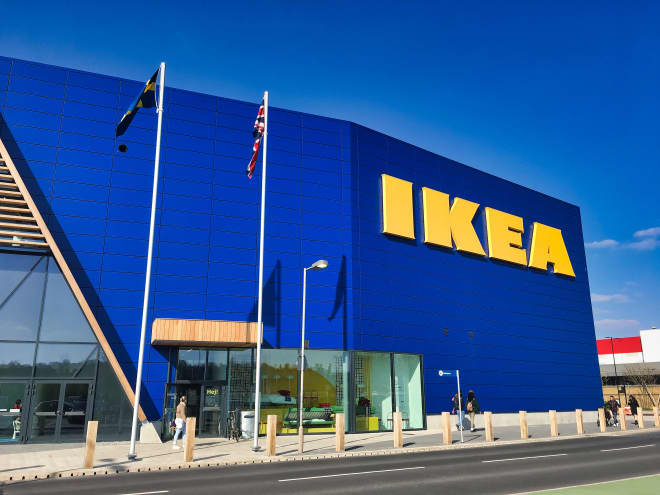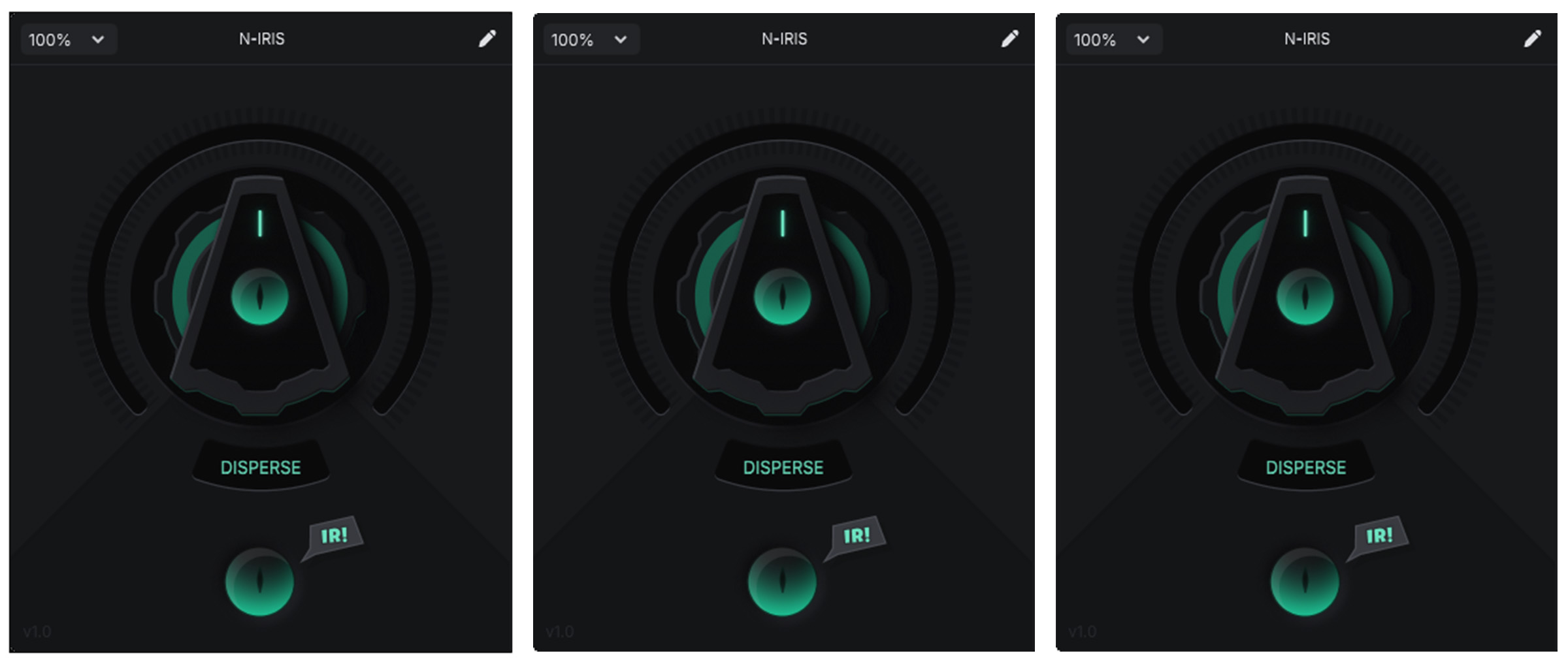Brussels Airport invests heavily in the future of the airport
More passenger capacity with new intermodal hub, expansion of departure and arrival hall, and a new hotel by 2032 in Brussels Airport. The article Brussels Airport invests heavily in the future of the airport first appeared in TravelDailyNews International.


Brussels Airport plans significant investments in the airport infrastructure in the coming years. The project features the construction of a new intermodal hub, an expansion of the departure and arrival hall, a new hotel, a new drop-off zone, and a green boulevard with a park. This ambitious project signifies the dawn of the airport’s third era, representing its largest investment in 30 years, since the completion of the current terminal and Pier B in the 1990s. These investments are necessary to cope with passenger growth in the coming years, and to continue providing sufficient capacity for a pleasant travel experience. The entire project should be completed by 2032 at the latest.
Today, Brussels Airport revealed its plans for the future look of the airport. Brussels Airport is gearing up for the future with an ambitious investment programme in passenger infrastructure, to meet the expected passenger growth in the coming years, all within the framework of its environmental permit. The airport aims to elevate travellers’ experience and comfort, with a focus on quality, mobility and sustainability.
“As hub airport in the heart of Europe, Brussels Airport wants to further invest in the capacity and quality of its infrastructure for both passengers and employees. We are therefore proud to present our plans that will greatly enhance the experience of our passengers. Brussels Airport will offer passengers a totally revamped experience in the departure and arrival hall, with more space and light and breathtaking views of the operations on the tarmac. Moreover, we will also improve the interconnectivity between the various means of transport such as train, bus and the future tram and provide more capacity there too. These investments will usher in a new era for the airport.”, says Arnaud Feist, CEO of Brussels Airport.
A more accessible airport for all transport modes
Brussels Airport plays a key role as a mobility hub where all transport modes converge: planes, trains, buses, cyclists, pedestrians, cars, taxis and shuttle buses. Brussels Airport wishes to enhance this role as an intermodal hub by improving the access to the various means of transport and by accommodating the terminus of the airport tram line planned in the coming years. In addition, cycling infrastructure will also be further improved, following the investments made in recent years in connecting to the cycle highways.
At present, a single central axis with escalators connects the train, bus, taxi and departure hall levels at the airport, an area that has almost reached its maximal capacity. Future connections between levels and transport options will be broader and more spread out. The plans include a new connection to the train station, an upgraded central bus station, a redesigned taxi area, and a new platform for intercity buses.

Brussels Airport, rendering
For access to the airport, a pleasant green boulevard will be created with a park and space for the airport tram, in addition to car and bicycle traffic. Brussels Airport aims to continue encouraging intermodality and the use of alternative transport to and from the airport, in order to achieve a further modal shift.
There will also be a new drop-off zone at Brussels Airport at departure hall level, behind the Sheraton hotel, giving passengers a smoother connection to the terminal, and separating drop-off traffic from other traffic flows.
“This investment shows that the airport thinks ahead without losing sight of sustainability. I am particularly delighted that Brussels Airport is committed to an intermodal mobility hub where different modes of transport meet. This is essential because mobility today is no longer the sum of separate modes of transport. We need to evolve into smart mobility hubs that seamlessly link comfort, connectivity and climate ambition. These are great and ambitious plans that don’t think in boundaries, but rather in connections”, says Federal Minister of Mobility Jean-Luc Crucke.
“The airport in Zaventem is an engine of prosperity and a major employer in Flemish Brabant, which also has enormous value for the rest of Flanders and certainly Brussels”, says Flemish Deputy Minister-President and Minister of Vlaamse Rand Ben Weyts. “Large investments in the airport pay off for all of us. Moreover, a lot of attention goes to the livability of the area, better multimodal access and more green space. More growth for the airport and more attention to the environment in the Vlaamse Rand once again go hand in hand here.”
Terminal expansion and new hotel
The investment in more capacity also encompasses an important extension of the departure and arrival hall. The aim is to ensure an even better connection from the terminal to other transport modes and to create more space for passenger flow and processes such as check-in, as well as for accommodating passengers with reduced mobility.
As in the arrival hall for meeting or picking up passengers and in the departure hall at the level of the first check-in rows, the aisles are quite narrow today, and capacity is already approaching the limit at peak times, this extension will create more space for passengers. This to ensure a pleasant experience and welcome at the airport for users both now and in the future, given the gradual increase in passenger numbers.

To cater to rising demand, a new hotel will also be built at the airport. A four-star hotel with over 300 rooms will provide a wider range of options for passengers, combined with the existing Sheraton hotel.
A sustainable project with a 2032 horizon
Sustainability, quality and experience go hand in hand in this project. The plans incorporate optimal use of natural light, sustainable materials and future-proof technologies including water infiltration, an underground geothermal storage (BTES field), heat pumps and solar panels for electricity.
Work on the intermodal hub, terminal and hotel will commence in late 2026 at the earliest, with these elements planned for phased completion by 2032 at the latest. Work on the new drop-off zone will commence at the end of this year and is scheduled for completion by the end of 2026.
This ambitious future project underlines Brussels Airport’s strong commitment to its role as a leading hub in the heart of Europe, enhancing our country’s connectivity and connecting passengers, businesses and communities like never before
The article Brussels Airport invests heavily in the future of the airport first appeared in TravelDailyNews International.







![‘Ready or Not 2’ Cast Announce Includes Sarah Michelle Gellar and David Cronenberg! [Video]](https://bloody-disgusting.com/wp-content/uploads/2019/07/ready-or-not-movie-1024x591.png)





























.png?format=1500w#)


.png?format=1500w#)

















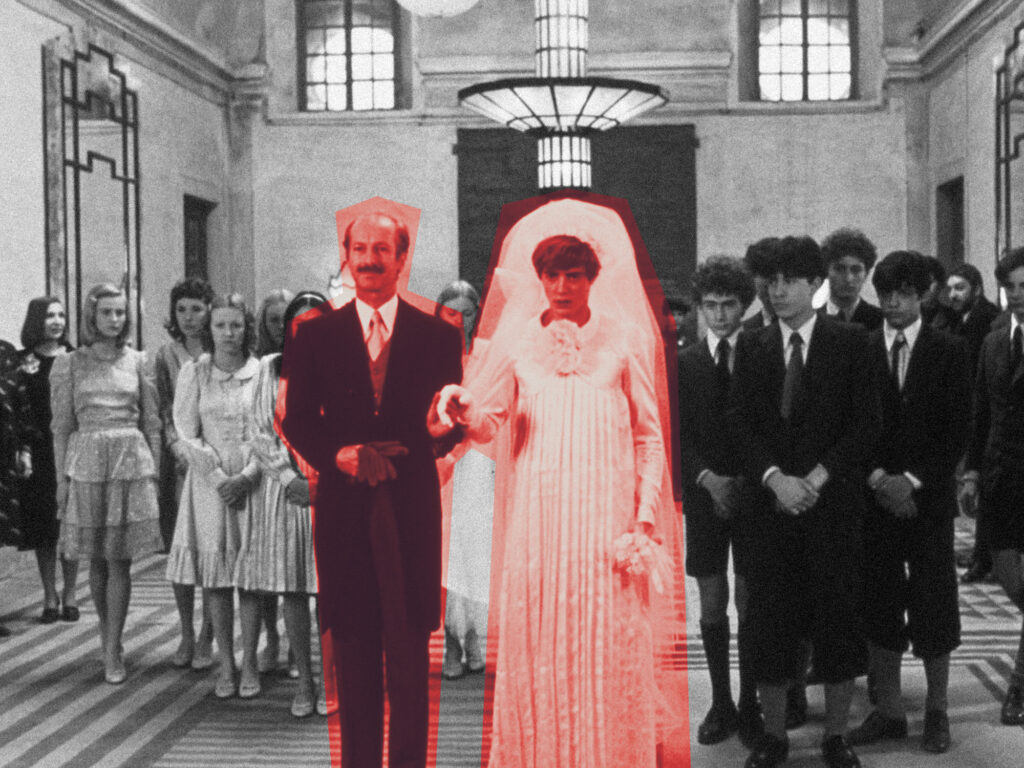
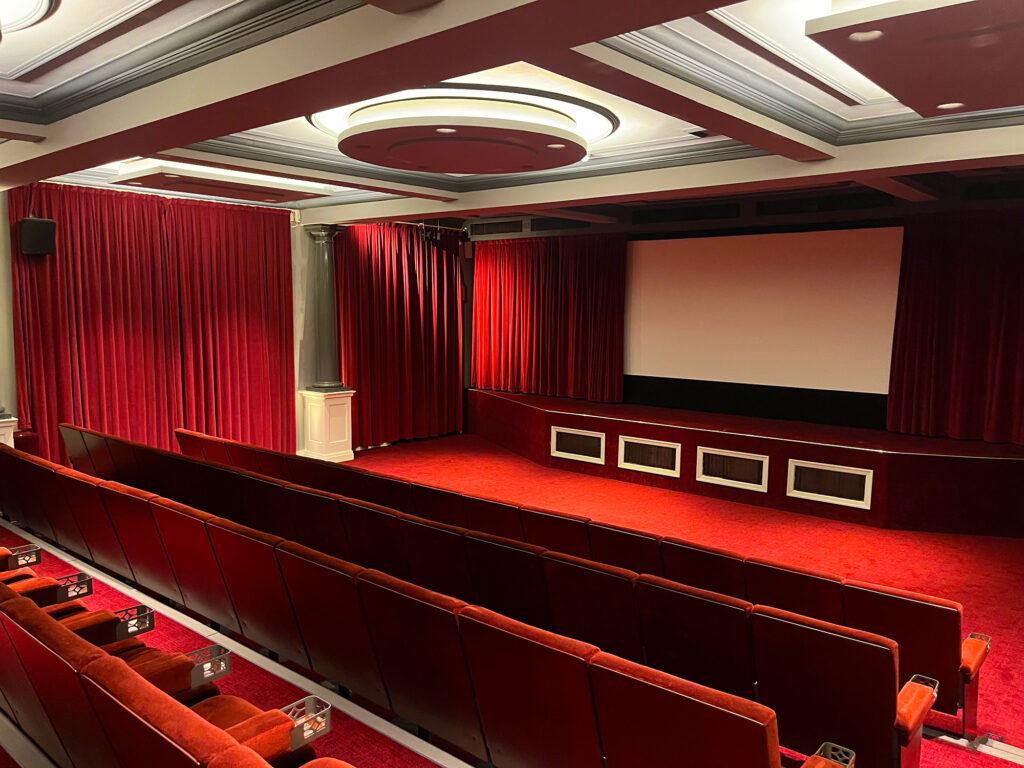





















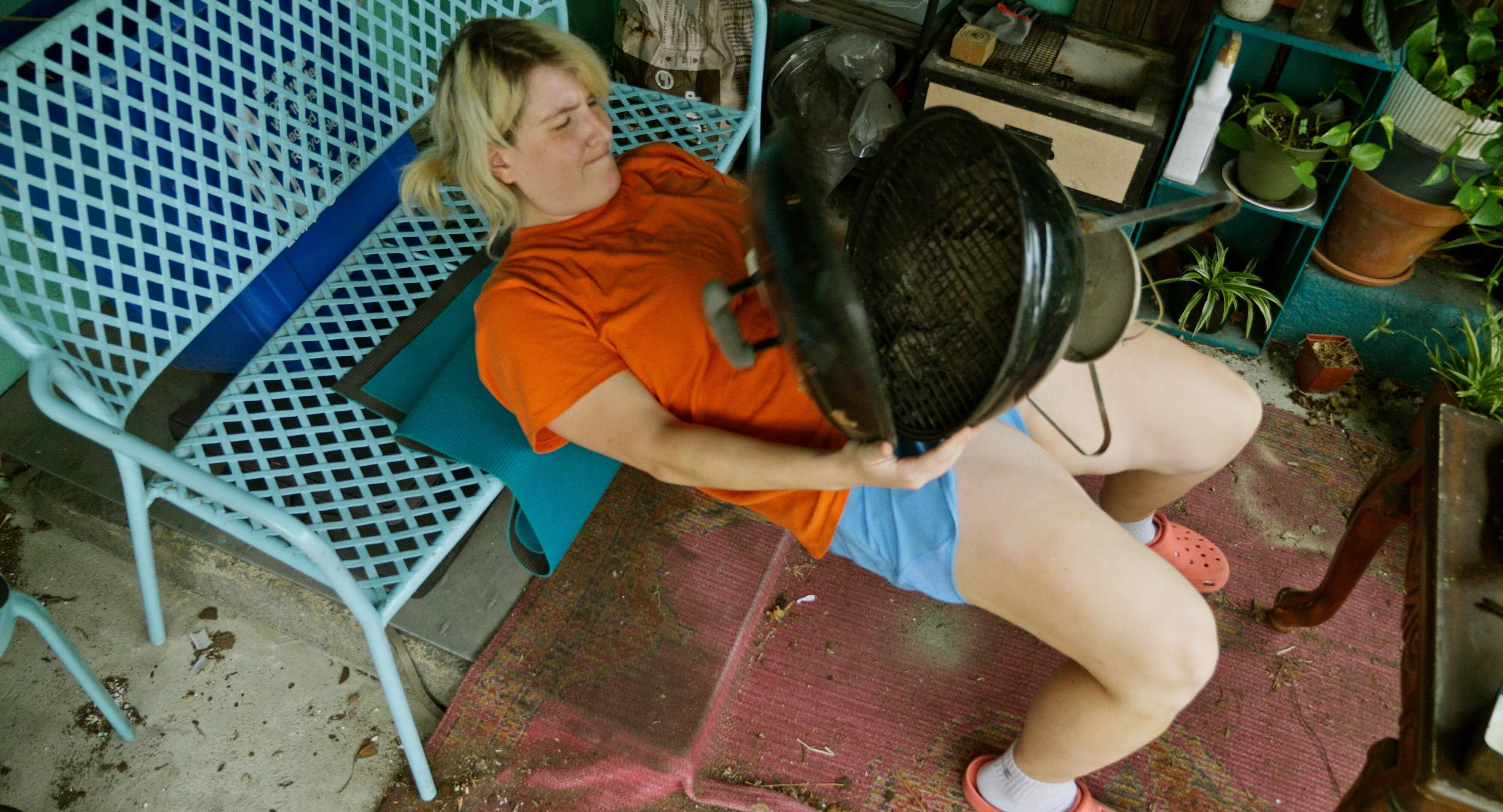
































































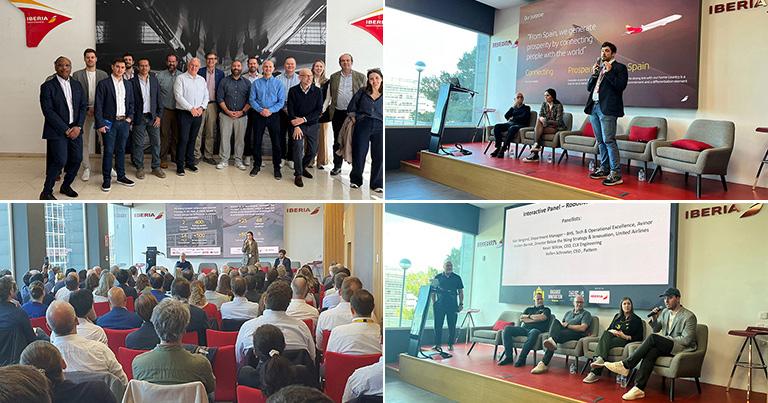
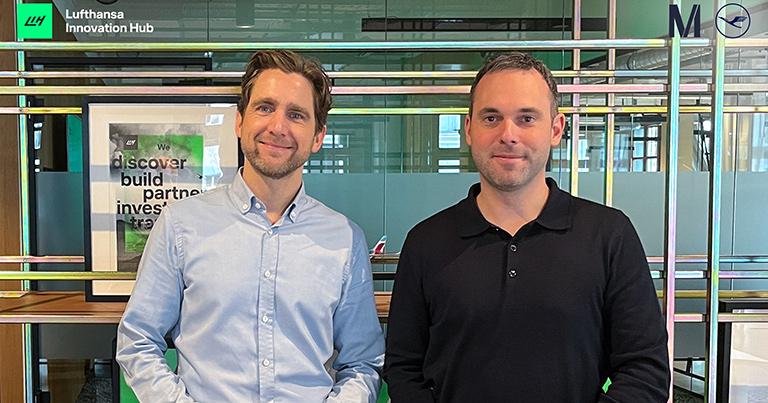
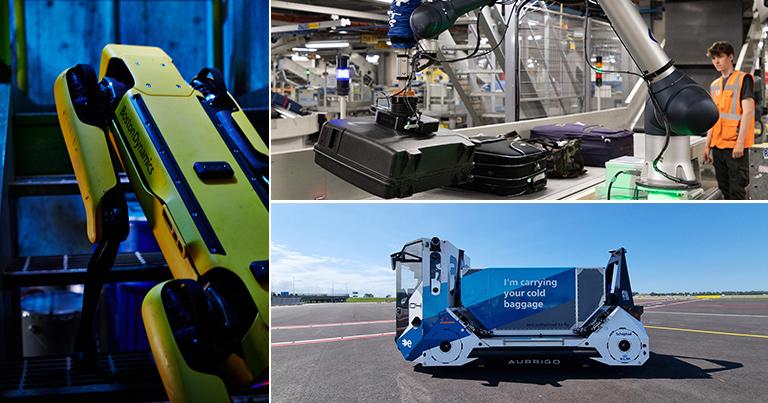




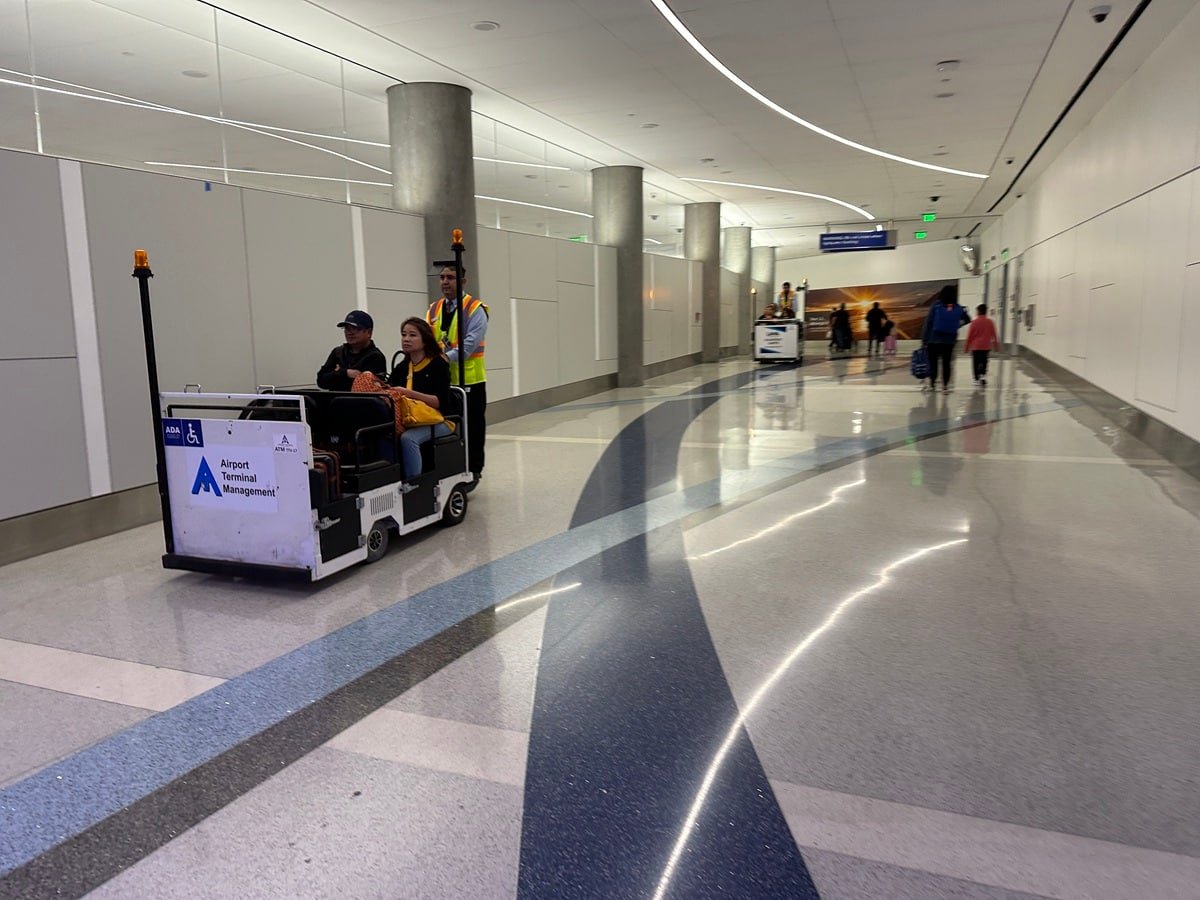
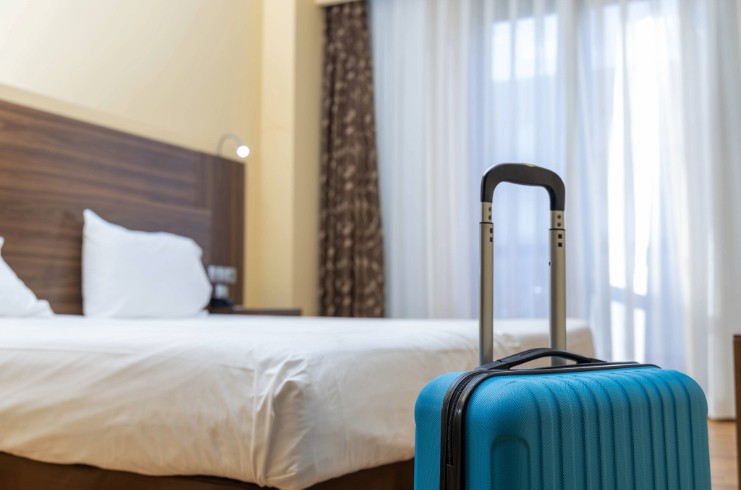
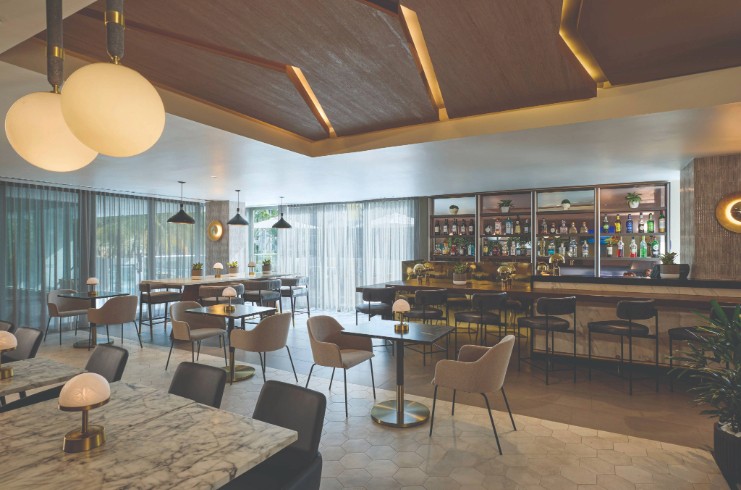






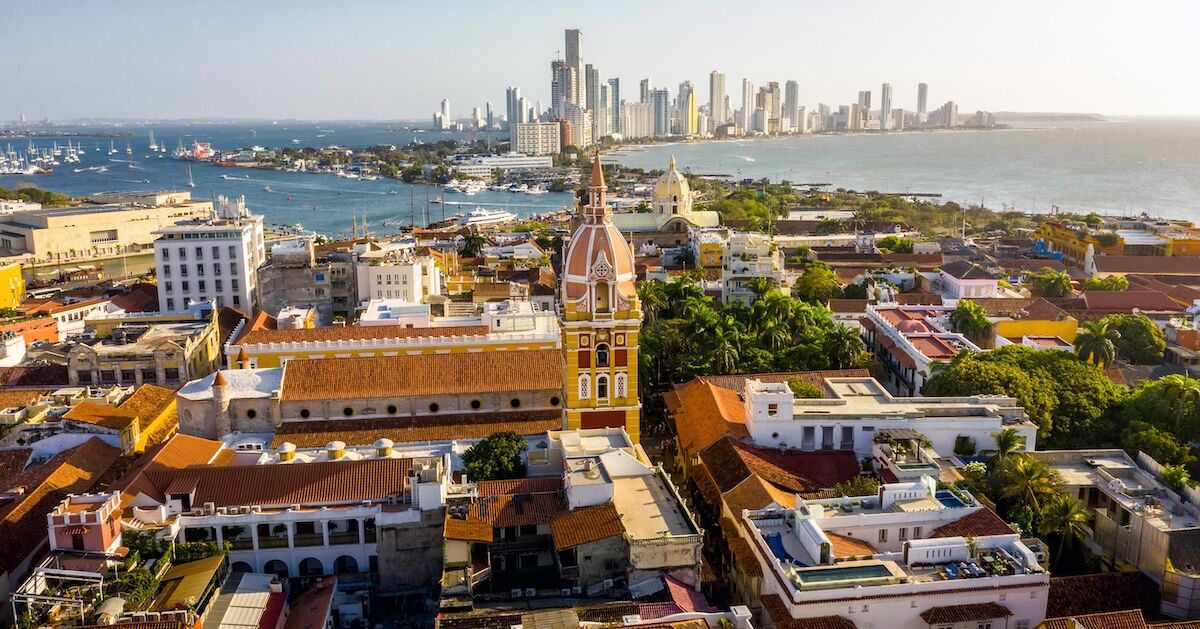

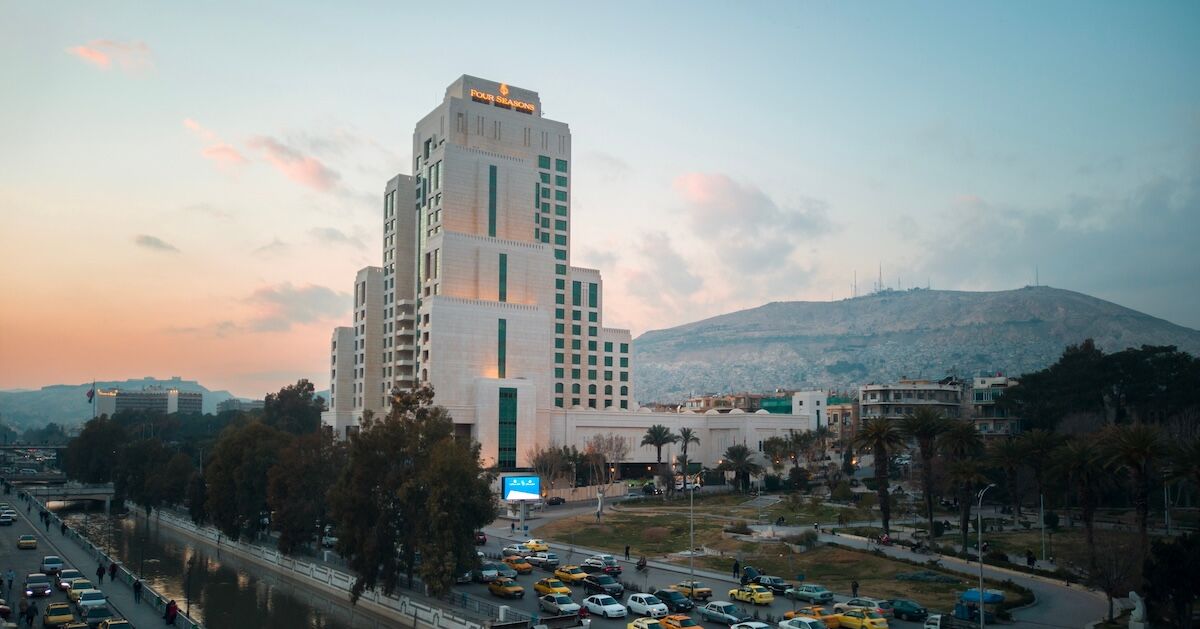






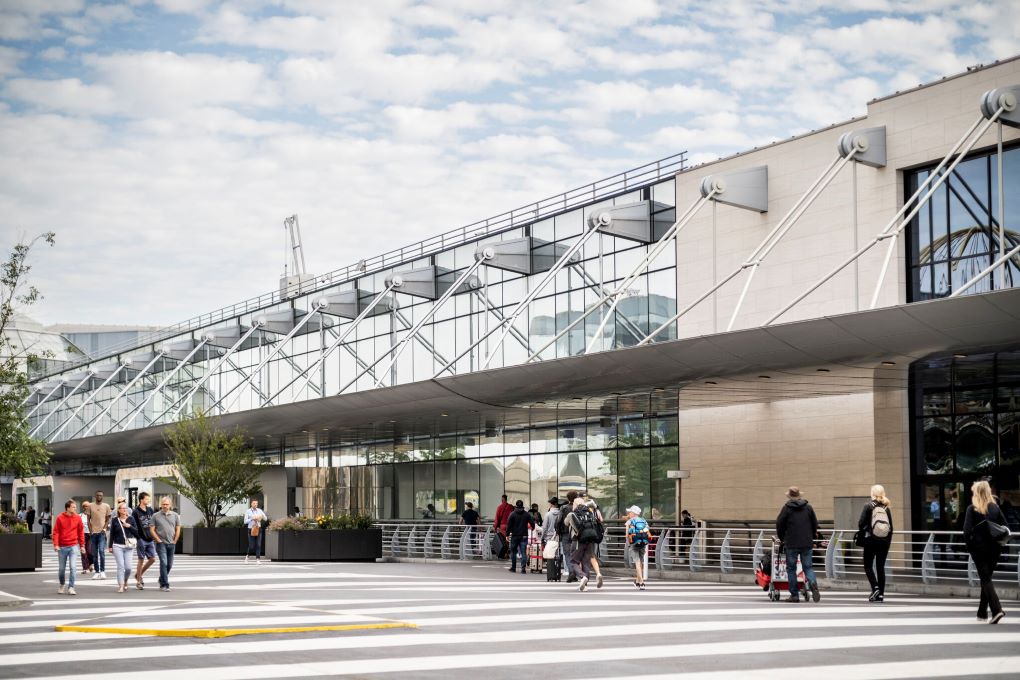

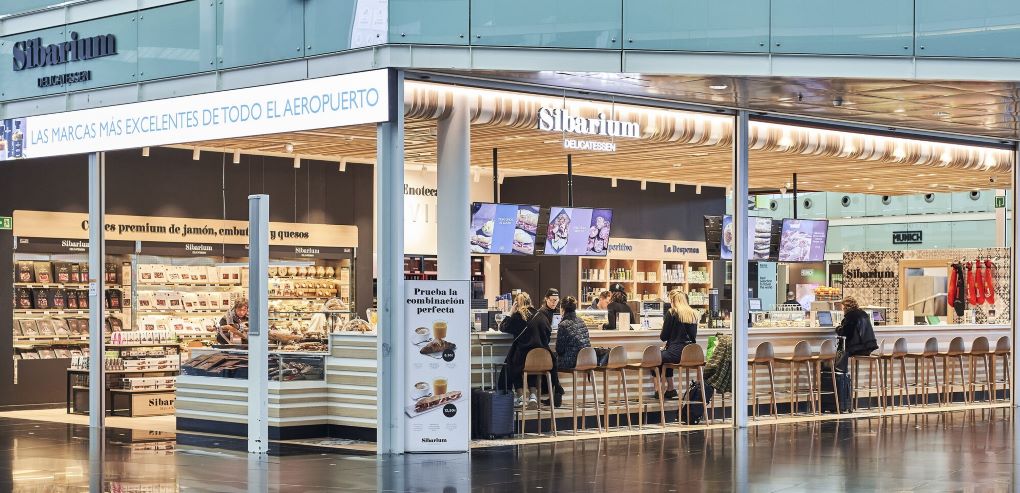












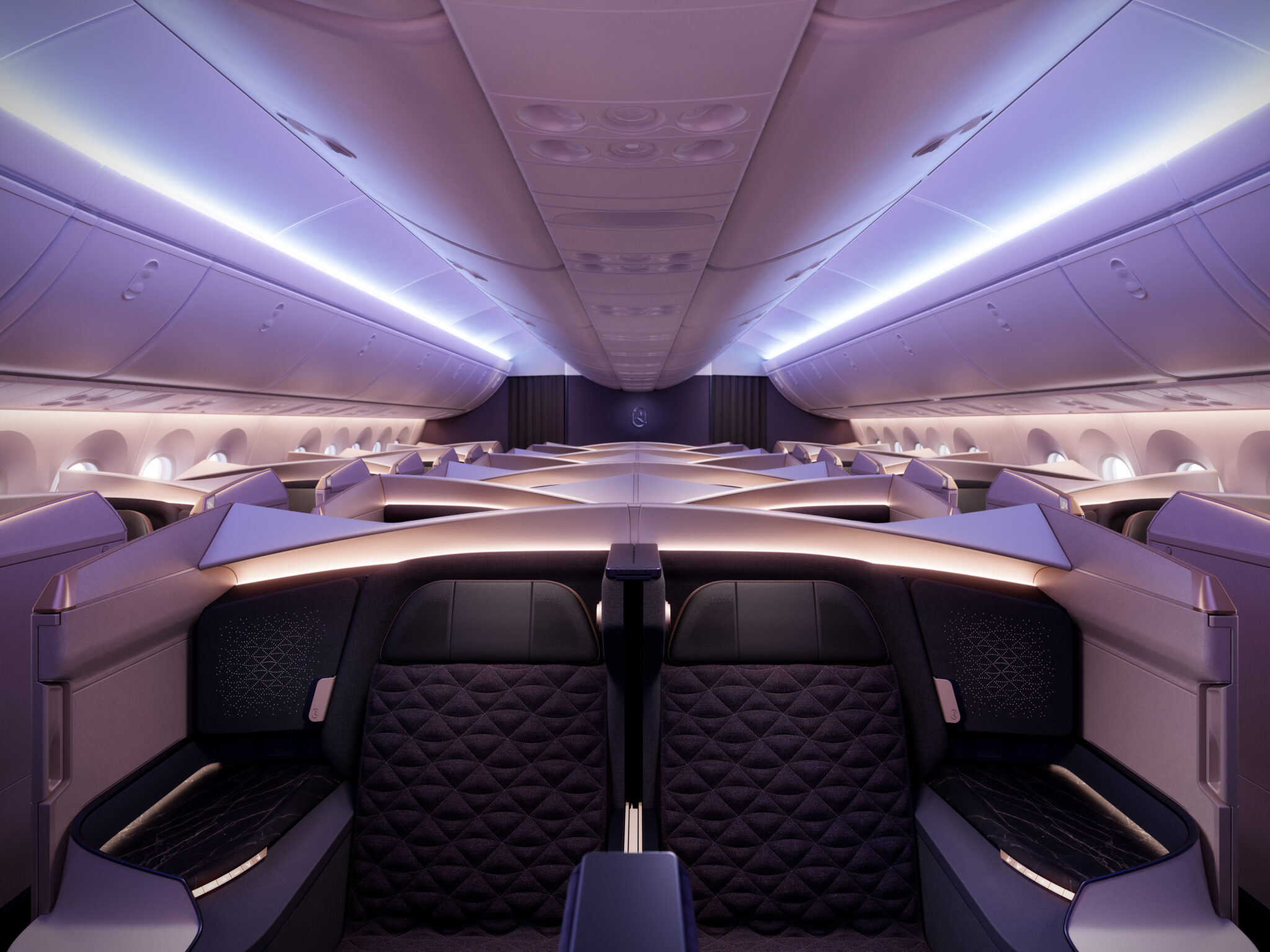
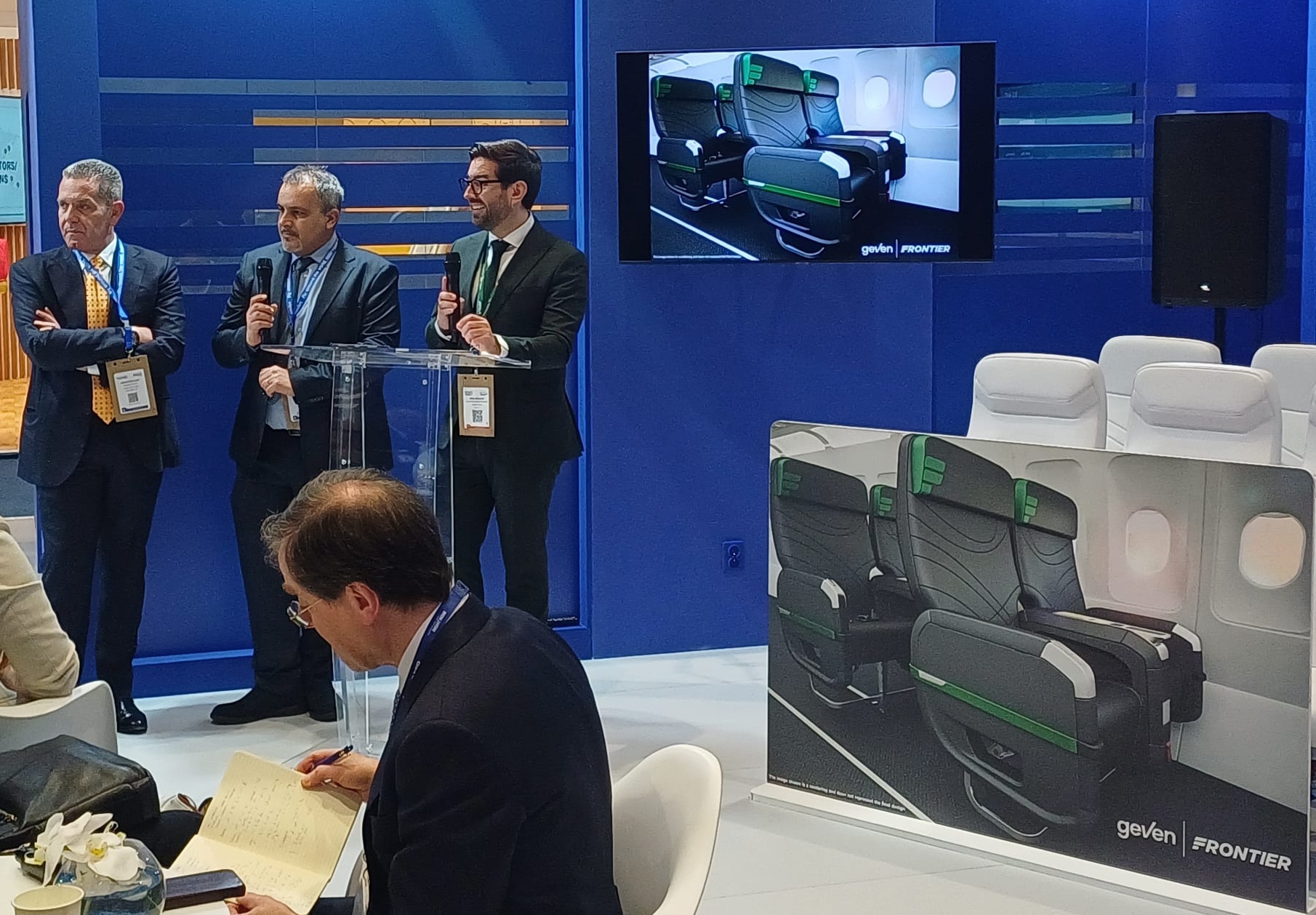















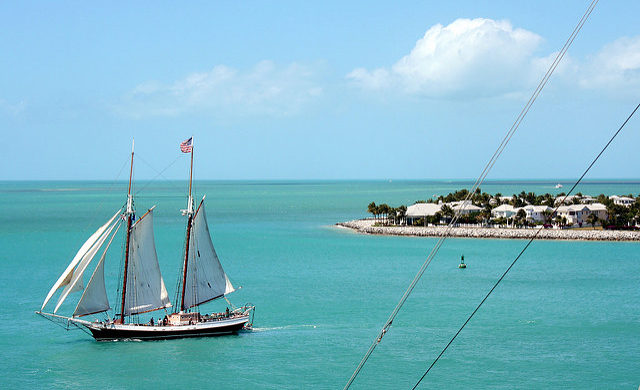

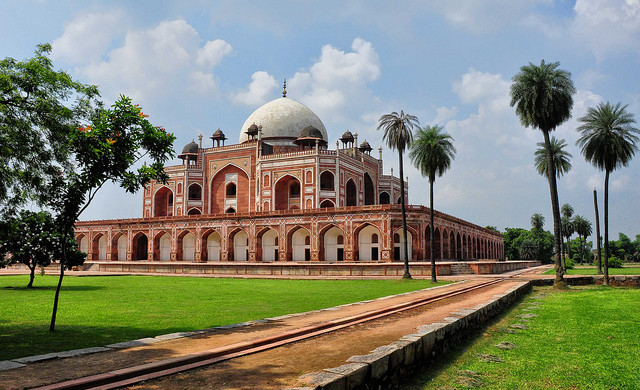












![Mouse Invades United Club at LaGuardia on the Eve of $1,400 Fee Hike [Roundup]](https://viewfromthewing.com/wp-content/uploads/2025/04/united-club-lga.jpg?#)
![Caught on Video: “He Busted Through!” Frontier Airlines Passenger Storms Closed Las Vegas Gate [Roundup]](https://viewfromthewing.com/wp-content/uploads/2025/04/Screenshot-2025-04-20-140707.png?#)

![It’s Unfair to Pay 100% for 50% of a Seat—Why Airlines Must Start Refunding Customers When They Fail To Deliver [Roundup]](https://viewfromthewing.com/wp-content/uploads/2025/04/broken-american-airlines-seat.jpeg?#)
































.jpg?#)
.jpg?#)



















































































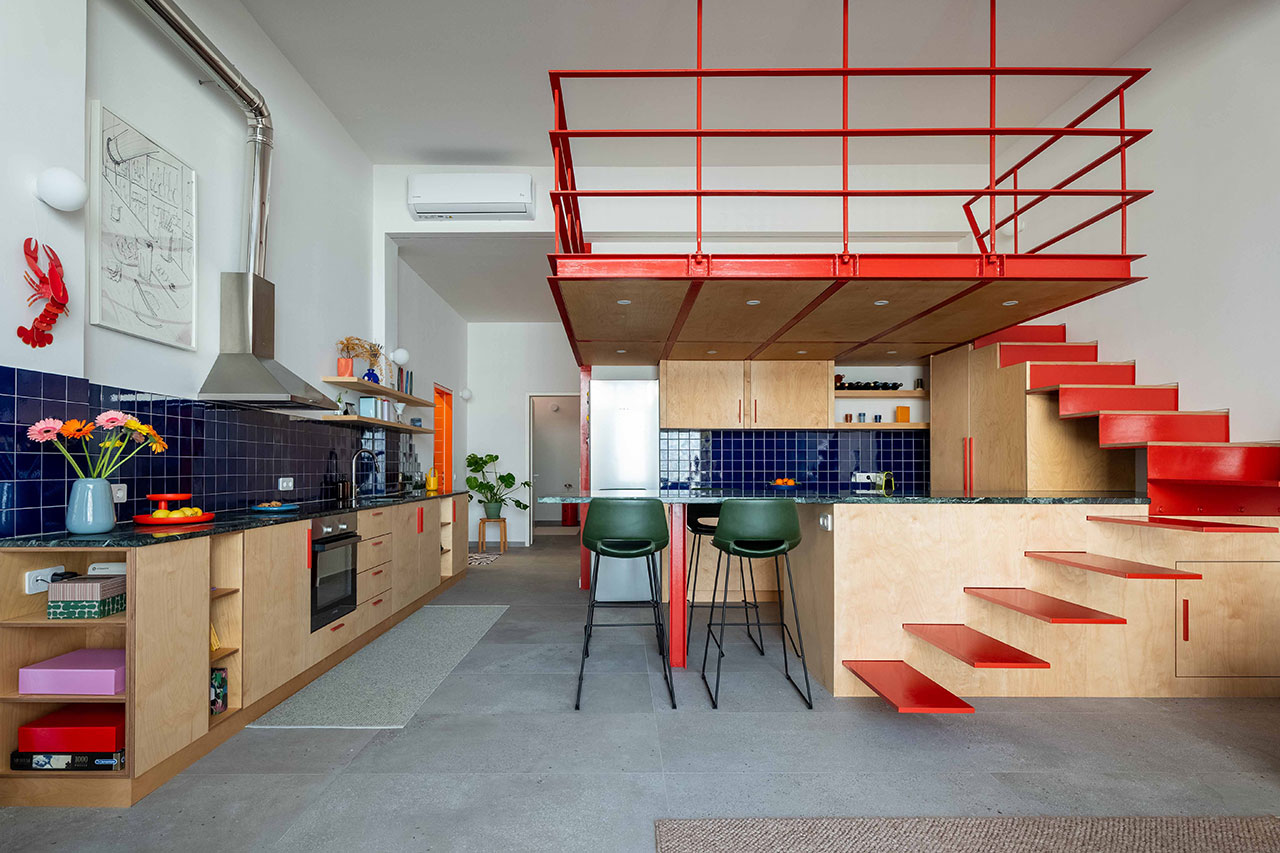















































![[Podcast] Unlocking Innovation: How Play & Creativity Drive Success with Melissa Dinwiddie](https://justcreative.com/wp-content/uploads/2025/04/melissa-dinwiddie-youtube.png)
























































